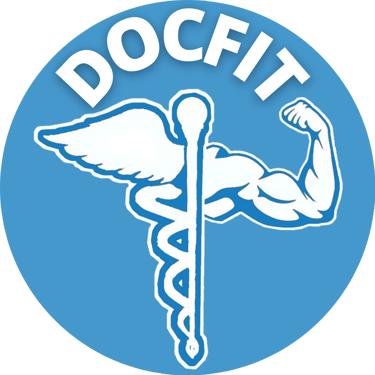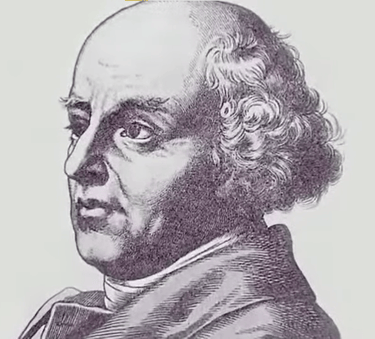

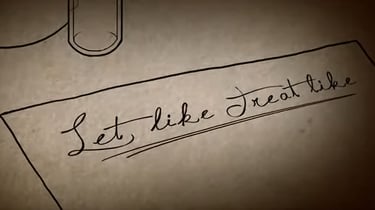

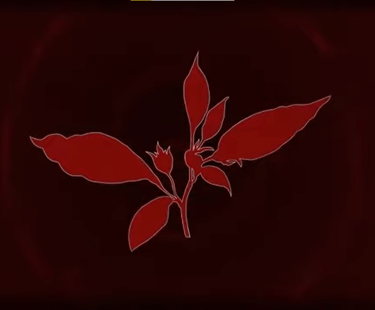

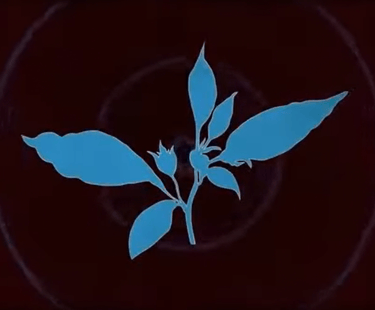

In the late 18th century, in Leipzig, Germany, Dr. Samuel Hahnemann had a reputation as a brilliant scientist. But Hahnemann was deeply troubled by the way conventional medicine was practiced.
In 1791, while translating a medical textbook, he read that quinine, a herb, produces symptoms similar to malaria. Curious, he decided to test it on himself. He ingested quinine — soon his fingers and feet became cold, his heart began to palpitate, and he felt unwell. He stopped taking it. But this gave him his Eureka moment if quinine produces malaria-like symptoms in a healthy person, it must be able to cure malaria in a sick person.
This was the birth of the principle — “Let like cure like.” It’s similar to how vaccines work — giving a small amount
When some remedies caused toxic side effects, he tried diluting them with water and shaking them vigorously. To his surprise, not only did the side effects reduce, but the remedies actually became more effective. He called this new system of healing Homoeopathy. Hahnemann was convinced that he had discovered a way to truly relieve the suffering of humanity.
Samuel Hahnemann: Pioneer of Homeopathy
Medicine at that time was in a barbaric state — they did bloodletting, they gave massive doses of arsenic and mercury, which often made people sicker than they were originally. Hahnemann was very intent on helping people, not killing them. He used to smoke his pipe from morning till night and wrote in his notes that this system of medicine was becoming more of murdering people than healing. To him, it was terrible. He gave up practicing medicine and instead used his literary skills, translating and writing, to support his family. But serious illnesses kept coming, and he could see there was no real reliable treatment. Deep inside, Hahnemann felt sure that God must have placed some method to heal the sick. He was determined to find it.
of what causes illness, so the body reacts and heals itself. Inspired, Hahnemann began more experiments, which he called drugproving. He tested herbs and substances from nature on himself, his family, and his students, and he documented everything carefully.
